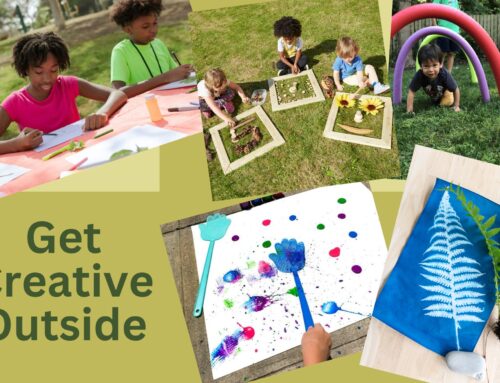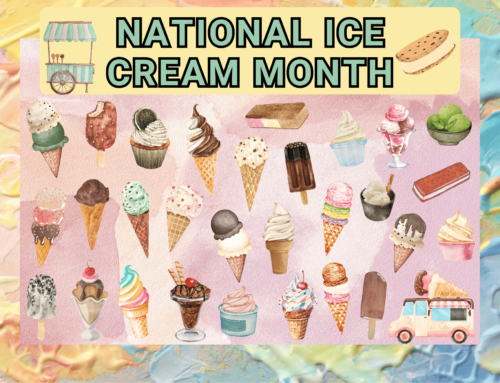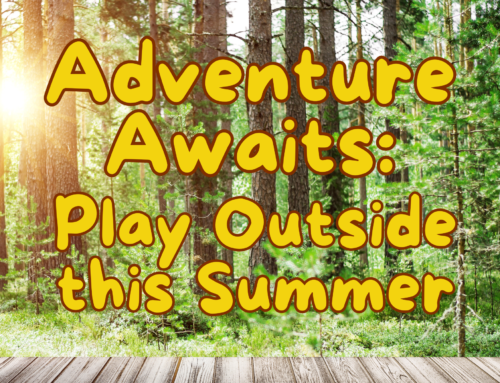You are eating and you reach for your drink on the table and… oops! You knock it over. The glass, and your drink, fall downward toward the floor. You help clean up the mess with a couple of paper towels and go to throw them in the trash. You notice, when you toss them in, they fall down to the bottom of the bin. Later on, you are playing fetch with your dog Rover and he drops the ball at your feet for you to throw it again. All these things fall down toward the ground, even the ball, when you toss up in the air for Rover to catch.
Why do things not fall up? Let’s find out.
The reason things don’t fall up is because of a force called Gravity. Gravity is an invisible force that pulls objects towards each other. This also is what keeps the earth (as well as the other planets) rotating around the sun and the moon orbiting the earth. It is also what is keeping us from floating away into space. The gravity pull that the moon has causes the low and high tides of the oceans (NASA).

Gravity was discovered by Sir Isaac Newton but Albert Einstein added to this theory later on with his Theory of Relativity (ducksters). Gravity also pulls on light. The gravitational pull of a black hole in space is so intense, that not even light escapes it (NASA)!

Cork Helicopter Experiment
Supplies:

Directions
Step 1: Print out a copy of this pinwheel template.
Step 2: Color your pinwheel if you wish.

Step 3: Cut out your pinwheel, make sure you cut the black diagonal lines too so you can fold your pinwheel.

Step 4: Using the glue stick, attach every other corner to the center of the pinwheel and then let dry.

Step 5: Using the thumbtack attach the flat end of the cork to the pinwheel. The flat side of the pinwheel should be facing you.


Step 6: Drop your pinwheel helicopter and see how it spins and floats towards the ground as gravity pulls it down.

Hoopla E-books
What Is Gravity? by Christine Honders, Kathy Campbell
This stimulating and accessible volume offers readers a fascinating view of a force known as gravity. Readers examine many scientific concepts, including Newton’s laws of gravity, mass and gravitational forces, galaxies, satellites, Earth’s solar system, centrifugal force, tides, and erosion. Vocabulary boxes provide additional guidance to readers, and the “Compare and Contrast” and “Think About It” sidebars give students opportunities to ponder concepts in fun and creative ways; for example, “Earth has more mass than Mars. If you stepped on a scale on Mars, would you weigh more or less than you do on Earth? Why?”
Science Experiments With Gravity & Motion by Alex Kuskowski
Make science simple! This book features easy and fun Science Experiments with Gravity & Motion using household items. Young readers can assemble experiments at home from an Unbelievable Balancing Act to Very Peculiar Pendulums. No laboratory needed! Each activity includes easy instructions with how-to photos, and short science explanations. Use fun to introduce math and science to kids. Super simple says it all. Aligned to Common Core Standards and correlated to state standards. Super Sandcastle is an imprint of ABDO Publishing Company.
Can I Dance On The Moon? All About Gravity by Baby Professor
Let’s talk about gravity, the force that keeps your feet on the ground. In this book, we won’t just define gravity, we’ll also be learning more in-depth information about the subject. Examples will make lessons a lot more understandable. So spend some time reading and learning from this book.
Isaac Newton Discovers Gravity by Douglas Hustad
Learn about the great scientist Isaac Newton as he discovered gravity. You’ll read about his life, the science behind his studies, and the impact of his work on the world today.
Focus On Gravity by Cheryl Mansfield
Provides readers with an engaging introduction to gravity. With colorful spreads, clear text, helpful diagrams, and a ‘Science in Action’ activity, this book offers an exciting look at physics in the real world.
Let’s Explore Gravity by Walt K. Moon
The earth is round, so why don’t some people hang upside down? The answer is gravity! With age-appropriate critical thinking questions and carefully leveled text, young readers will learn all about the concept of gravity while building nonfiction reading skills.












